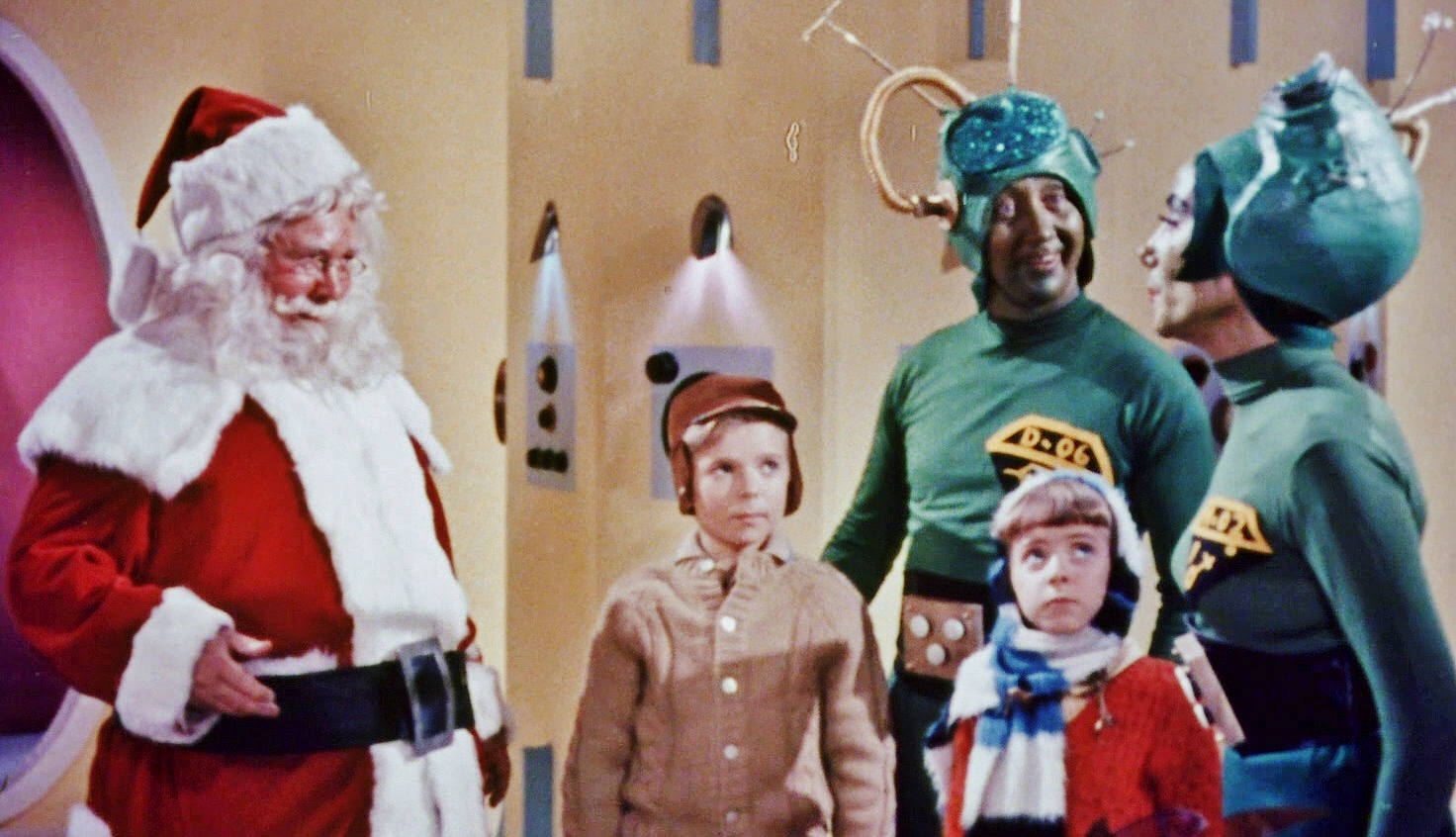I mean if you put all of your eggs in one basket, boy, and that thing blows up you’ve got a real problem.
Jerry Bruckheimer, Producer of The Pirates Of The Caribbean series, and a few other films 
Right now in the United States of America there exists approximately 38,000 individual movies screens. These screens, for the most part are located within large multiplex environments. There are two pictures which really performed this holiday season, Rogue One and Sing. Rogue One played in 4,157 Theatres and Sing played in 4,022. Passengers starring Jennifer Lawrence and Christopher Pratt, the third picture in the holiday triumvirate played on 3,478 screens and did to date $45,300 as opposed to Rogue One which did $375,000,000.
The movie business this Christmas season truly put all its proverbial eggs in one basket.
It should be noted and noted hard by theatre owners that Dangal, an Indian Hindi-language wrestling film directed by Nitesh Tiwari, opened in 330 screens and quietly earned $4 million here in the good old USA. How many of the readers here have heard of Dangal……cricket…cricket….cricket.
For the last little while in movie box office history, the week between Christmas and New Year’s was the busiest week of the year for moviegoers, and this year like the years before it is no exception. The problem is that Hollywood has delivered an 800 lbs gorilla and that gorilla is eating all the bananas. The plans for team Disney to keep releasing Star Wars derivatives every holiday season is going to significantly change release patterns. Look for a secondary holiday like release season to arrive in February.
The only film to break through the sea of lightsabers and the morally questionable CGI’ing of deceased beloved actors is Illumination’s animated Sing, which has as a laser focus a young audience. It is not until the release of LEGO: Batman will it see an substantive competition in the family market. Illumination Entertainment is an American animation film production company, founded by Chris Meledandri in 2007. It is currently owned by Universal Studios, a division of NBCUniversal, a subsidiary of Comcast. The company is best known for the Despicable Me and The Secret Life of Pets franchises.
With the release of Passengers, the idea that the idea of celebrity and stars were dying has gained further empirical examples. Sony took a big gamble on the combination of Jennifer Lawrence and Christopher Pratt , hoping that their combined star power could deliver solid holiday numbers for an dark science fiction film, which should have been place at the advent of the summer box office season. My guess is that the brain trust thought that they could make money following the the wake of Rogue One. The problem is that there are two distinct genre and two very distinct markets. Passengers is going to need a huge amount of help from the foreign market in order to recoup the $110 million production budget. While their PR agents tout Lawrence and Pratt as megastars, the idea that any actor today is going to sell a ticket is just an illusion. It is the concept. Even the Magnificent Seven did a ho hum $93 million.
Assassin’s Creed is by far the biggest disappointment of the holiday season, massively underperformed and only likely to make around $23 million for the holiday weekend. Hollywood once ans for all have to understand that the gamer market does not understand movies, and some do not even like movies. The fans that love games seldom retreat from their couches in their parents basements to venture out to a movie theatre. The bottom line is that while Assassin’s Creed will not be a smash hit here in the USA, if history repeats itself it might do okay on the foreign markets.
The three pictures this Christmas occupied 11,500 screens…leaving 26,500 screens languishing in a sea of box office mediocrity. Remember the Indian language release Dangal mentioned in the beginning of this article, for a 300 screen release it did more than solid numbers. Now here was a film that was marketed to a cultural minority, a linguistic minority within a cultural minority and it did boffo box office. For the record there are 650,000 Hindi speakers in the USA, so a 4 million box office is huge. What if a single movie did 4 million in Nashville….that would be huge news and the industry would be shocked in a more than good way. Now to further drive home the point, on a comparisons to the USA population as a whole, if Dangal had the same appeal to the USA general population as it does to the USA based Hindi population it would have a domestic. 2.1 billion dollars office.
Now I am not unaware of the fact that you are marketing to a closed culture, much like the Yiddish cinema of the 1930’s in New York and focused concentric populations allow for a greater market penetration and ease of market access, but it does make for a firm argument that we are motion picture exhibitors should be looking at filling those underused auditoriums with even more diversified product offerings. We can truly no longer afford banking the fate of a whole industry on one blockbuster title.
I have been looking at past models which might work in regards to offering some hope to our industry, a model that keeps coming back to me is the Sunn International releasing model of the early 70’s.
Sunn Classic was located in Park City, Utah,with offices in nearby Salt Lake City;its company name added an extra “n” to the word “Sun” for legal reasons. The founder, Rayland Jensen, previously handled distribution of American National Enterprises’ 1968 release, Alaskan Safari, which spent an unheard of five years at the North American box office in 1971.
During its tenure, Sunn Classic spent US$85,000 in pre-production research on each of its films, conducting phone surveys and interviews with potential viewers. Sunn identified as its market working-class families who rarely went to the movies more than twice a year”. In the midst of the research, it released films with an MPAA rating of G, and in heavily marketed limited engagements. Through a process called four wall distribution (or “four-walling”), the company would rent theaters to show its films, and retained all of the box office receipts.
Sunn Classics specialized in family entertainment such as 1974’s The Life and Times of Grizzly Adams,and its subsequent spin-off television series on the NBC network. The Outer Space Connection was released in 1975. This documentary was produced by Alan Landsburg but was distributed by Sunn Classic. By 1977, domestic sales for Grizzly Adams reached upwards of US$24 million; another Sunn release, In Search of Noah’s Ark, made US$26 million. Among its other titles were 1977’s The Lincoln Conspiracy and in,1979’s In Search of Historic Jesus. It is only when they went off formula did they begin to falter.
In addition to Sunn, various other companies like Doty-Dayton of Utah and Pacific International Enterprises of Oregon practised four-wall engagements. The process was also used by animation company Filmation for its 1974 release of Journey Back to Oz. Also in 1974, the Walter Reade Theater in New York City held a four-wall run of Ladies and Gentlemen: The Rolling Stones, a concert film from Dragonaire Inc.Filmmaker Tom Laughlin used the four-wall technique for his film, Billy Jack, after accusing its distributor Warner Bros. for improperly handling the movie.
As recently as the 1990s and 2000s, examples of four-walled releases included the films of Warren Miller; 1992’s Brother’s Keeper, by Joe Berlinger and Bruce Sinofsky; and the annual short-subject anthology Spike and Mike’s Festival of Animation.
A huge amount of the US based population is not being served by Hollywood and as a result movie theatres are offering less diverse product which is creating an environment of stagnation within our industry. When the shackles of the virtual print fee come off , there will be an opportunity for experiment with new product and new consumers. Using the examples of Sunn Classics and niche marketing examples of ethnic product like Dangal hopefully the industry will again see the sense in market diversity.
Happy New Year folks….

